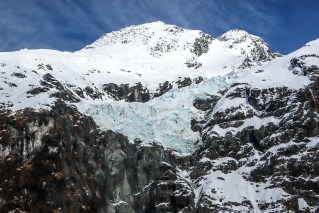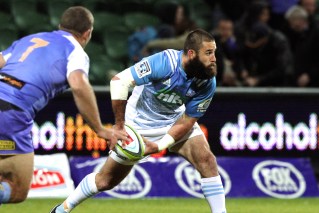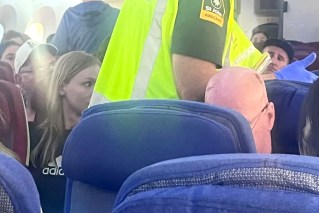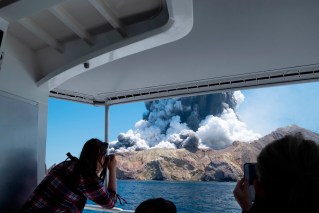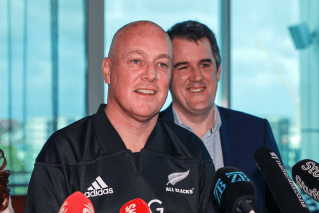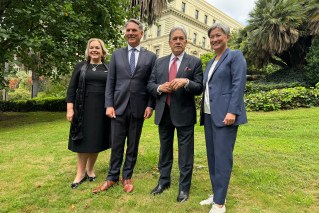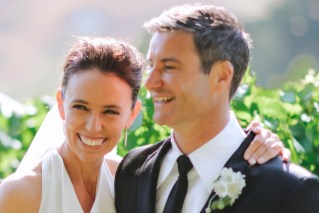Ten years on, New Zealand mourns the dead of Christchurch’s megaquake
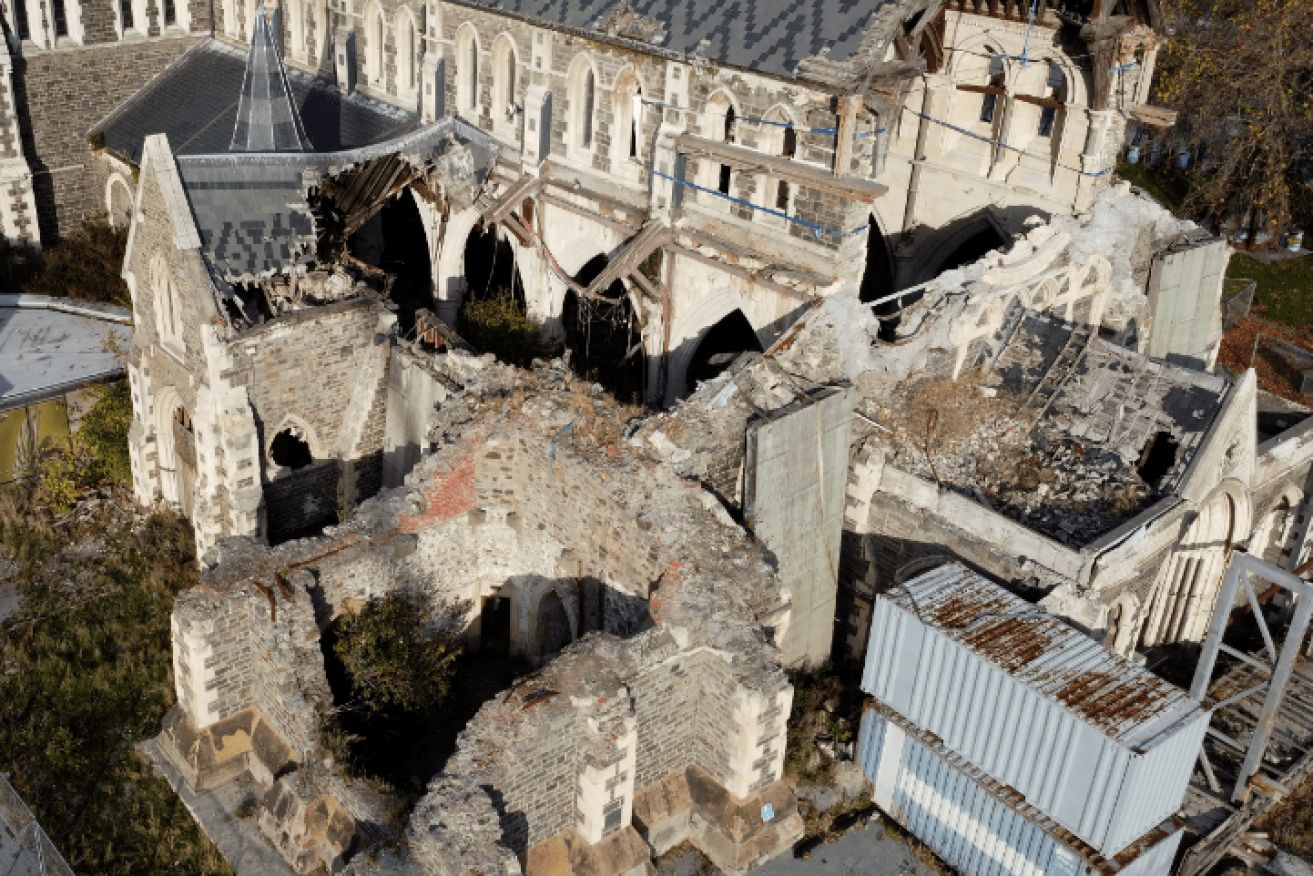
Christchurch's stately cathedral was reduced to rubble in a matter of seconds. Photo: AAP
Christchurch residents are remembering a decade of trauma, ten years on from the Canterbury earthquake which changed life as they knew it.
Monday is the anniversary of the deadly quake, which will see Prime Minister Jacinda Ardern lead tributes at a solemn memorial service to remember the dead.
The tragedy began when the earth moved at 12:51pm on what had been an otherwise unremarkable Tuesday.
With an shallow epicentre just 10 kilometres from Christchurch, the magnitude 6.2 quake was devastating. It killed 185 people, most of whom were crushed in the Canterbury Television Building in the heart of the city.
Thousands more were injured, hundreds seriously so, the psychological scars were deep.
The total cost in dollars will never be known; one estimate suggests damages in the realms of $NZ40 billion ($A37 billion).
Everyone in Christchurch on that day has a story, and many are heartbreaking.
Broadcaster @mikeyardleynz was leaving work at the @NewstalkZB building on Worcester Street when the Canterbury quake struck. He was a calming & reassuring voice on the radio throughout the long period of aftershocks. This is his story. #Christchurch #canterburyquake pic.twitter.com/k5FpqvdvQ6
— Chris Lynch (@chrislynchmedia) February 18, 2021
Annie, from the eastern suburb of Richmond, says she was thrown across the room in her workplace before squeezing under a chair for safety.
“I turned my head up and as I looked up to the ceiling … (it) just split. I’m seeking all the wires and the pink batts. It went on for a long, long time,” she said.
“We ran downstairs and went outside and right before our eyes, the whole park just erupted into pools of mud. This was the liquefaction coming up.”
New Zealanders are used to earthquakes – children learn safety drills in schools – but engineers estimated this level of damage was a one in 2500-year event.

Prime Minister Jacinda Ardern will lead Monday’s memorial service. Photo: Getty
Instinctively, Kiwis knew what they had just experienced. Still, the scale threw people into disbelief.
“I was dazed. People were dazed,” Annie continued, recalling her journey into the city on foot to find her school-aged daughter.
“It became really terrifying as everyone was going out and I was the only person going in.
“A man said ‘You can’t get in because buildings have collapsed and people are dead’. I just burst into tears.
“I just marched on. It was like you lost focus of anything other than what you were trying to do.”
Finding her daughter among school groups decamped in Hagley Park, Annie is featured as part of an exhibition at Canterbury Museum.

A line of wreaths in Christchurch’s memorial testifies to the lingering pain and trauma of those lethal minutes and their aftershocks. Photo: NZ Biz Women
Filmmakers conducted interviews with everyday Cantabrians in the weeks after the quake, creating the film 12:51.
In recent months, they have created a second film by re-interviewing those locals.
Annie’s suburb was so badly hit by the tremor, she was forced to move.
“After (Richmond) was red-zoned, I took the government’s offer,” she said.
“There were so many losses that it shapes you. It’s been a journey … recovery from something like this is not an end date, is it?”
Many others have shared their story in local media this week.
Brian Shaw, according to Newshub, is still fighting his insurance company for damages to his damaged apartment ten years on – as he also grapples with terminal cancer.
Becky Gale had a baby 10 days after the earthquake killed her partner Adam Fisher, one of 18 people to die in the Pyne Gould Guinness building.
With casualties hailing from 20 countries, not including Australia, the repercussions were truly global.
Christchurch remains in a state of disrepair and recovery, afflicted by a population decline that took six years to recover.
-AAP

